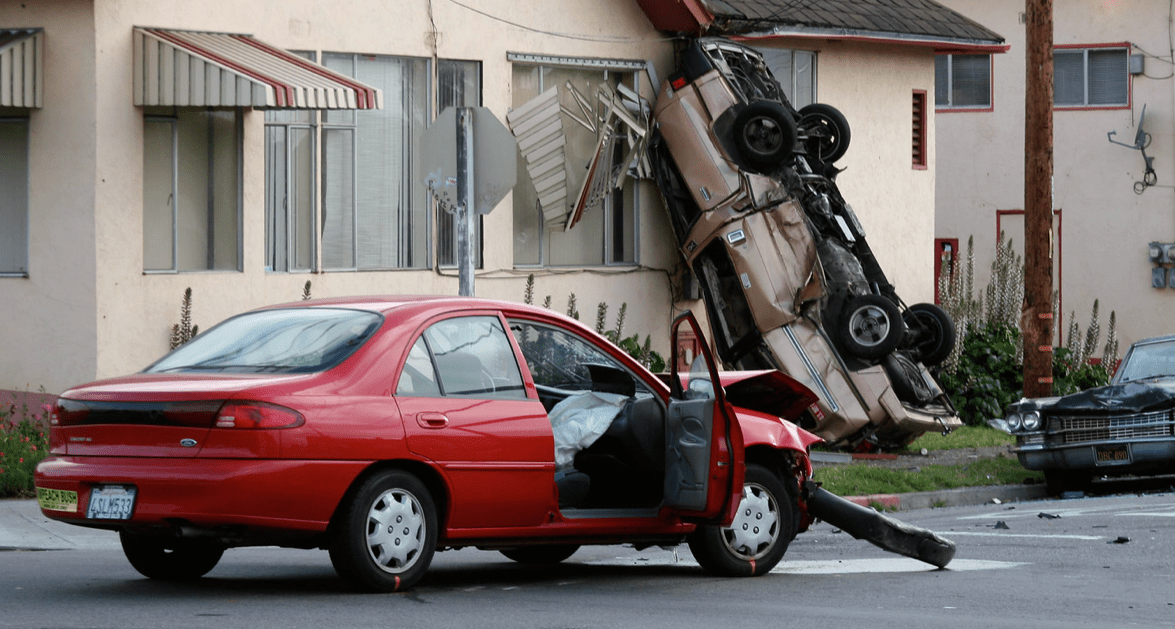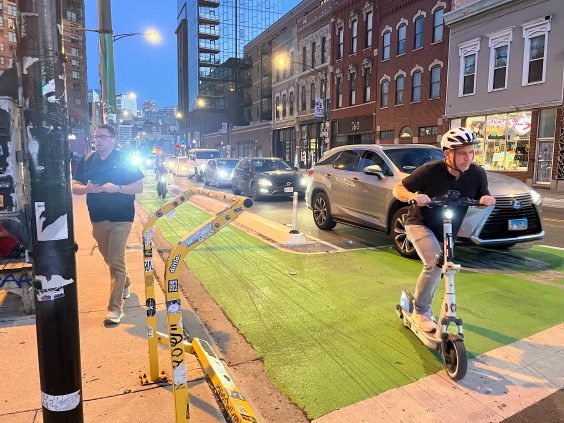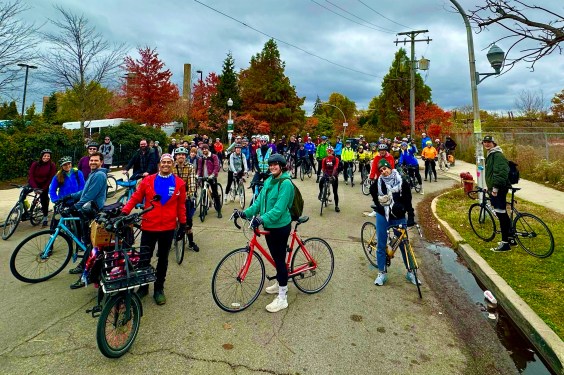Is your car safe? The National Highway Traffic Safety Administration argues that newer vehicles are “safer than ever before.” However, our federal regulatory framework still lacks essential technology that makes cars, SUVs, and trucks safer, or that addresses the fact that the growing size and weight of vehicles on our roads are directly linked to increased crash severity that can cause fatalities.
While you may feel safe driving your car, the reality is that a driver can still make a mistake that results in a fatal car crash. Having a car with essential safety features can minimize the impact of that crash by preventing it from happening or reducing its severity when it does, making it more likely that everyone involved survives. This can help make our roadways safer.
The U.S. Department of Transportation, for the most part, agrees. It adopted the National Roadway Safety Strategy, which acknowledges that we have a roadway safety problem and need to significantly reduce serious injuries and deaths on our nation’s streets. In 2021, 43,230 people were killed in motor vehicle crashes, which was the highest number of deaths since 2005. Traffic deaths have been trending slightly downward since 2022, but we must do more to get to the acceptable number of traffic deaths: zero.
The National Roadway Safety Strategy adopted the Safe System Approach, which serves as a guiding paradigm to address roadway safety, acknowledging that one key element we need to make our roadway system safer is safer vehicles. Adoption and implementation of the Safe System Approach’s elements have been widespread across the federal, state, and local governments. Local governments should create safer roads. States should change their policies to help set safer speeds. However, up until this point, it is expected that the federal government should write regulations that create safer vehicles.
The federal regulations that mandate modern vehicle safety have been around since the adoption of the Federal Motor Vehicle Safety Standards in 1968, which implemented such things as mandatory front-seat shoulder seatbelts. NHTSA estimates that since the adoption of their regulated vehicle safety standards, they have “prevented more than 860,000 deaths on the nation’s roads.” During the Biden administration, NHTSA finalized key safety regulations, including making automatic emergency braking in cars a required safety feature by 2029. This is a much-welcomed regulation to protect everyone on a street, be it a person driving, biking, or walking.
Now NHTSA has over 60 proposed regulations in the works, but it is hard to say how many of them will become a reality. Creating safer vehicles requires updated standards. Instead of prioritizing regulation that can continue to create safer vehicles, the Trump administration has taken a deregulatory approach and rescinded 12 proposed regulations that would have updated the Federal Motor Vehicle Safety Standards. Creating safer vehicles also means asking the hard questions. Regulatory action that could address rising vehicle size and weight seems like a far-off pipedream in any political administration, despite knowing it is a leading cause of fatal crashes.
States have historically regulated vehicle safety when the federal government fails. States were the first to require driver's education or implement mandatory seat belt laws. Many states require vehicle inspections to catch mechanical risks and stay compliant with safety standards. Given the federal inaction, states should rise to the challenge of requiring safer vehicles for their residents and pushing the automotive industry to innovate.
In some instances, States are rising to the occasion. Virginia and Washington are championing intelligent speed assistance technologies, which limit how fast a driver can drive as a penalty for reckless driving. This could have positive benefits in reducing the ability of super speeders, and could help address that almost one-third of traffic fatalities are speed-related crashes.
States could also lead the way in regulatory action, such as in requiring that new passenger motor vehicles be equipped with advanced drunk and impaired driving prevention technology, which could have addressed almost 30 percent of traffic fatalities from 2023.
Safer vehicles mean a safer transportation system. In a world of federal uncertainty, it is time for states to step up to address vehicle safety and get us closer to the goal of zero serious injuries or deaths on our nation’s streets.






